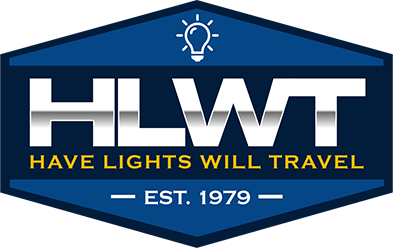Buildings like warehouses, schools, and offices traditionally used linear fluorescent tubes for lighting. These facilities are typically equipped with recessed troffers – just right for linear lighting. If you’re considering upgrading to linear LEDs, you have options. To make things easy, Have Lights is sharing general information about three of the most common linear LED tubes.
Type A
Type A Lights are what the industry calls Plug and Play. The basic concept is that you can remove your typical fluorescent lights from a fixture and put in Type A LED lights. There are internal components inside the LED tube that allows it to work with the existing ballast. This is a very convenient and inexpensive way to convert your lighting over to LED and start saving energy.
One dilemma with Type A Lighting is that not all LED lights work with every existing ballast. Sometimes the ballasts inside an existing fixture will need to be replaced for the Type A LED lights to be installed.
Type B
Type B LED linear lights are a very common solution when upgrading a fluorescent fixture to LED. Type B Lights do not require a ballast, but instead, 120-277V of power. In order for the Type B Lights to work, the ballast must be removed from the fixture and power must be directed directly to the sockets. The benefit of removing the ballast is that it eliminates a failure point in the system, as well as reduces the cost of replacement in the future. A downside to this type of lamp is that it no longer has diverted power running through the sockets. If not properly labeled, future repairmen may put in the wrong type of lamp and inadvertently create a dangerous situation. This is the most common lamp in the electrical industry today, and it’s being installed worldwide. This type of lamp install is typically done by an electrician or lighting technician, though it can be done by a homeowner.
Double-ended Type B lamps are a solution to an ongoing issue with direct-wire singled-ended lamps. This kind of lighting fixture requires ballast removal so that the socket can be wired directly to the line voltage. It’s a safety risk, and double-ended lamps are increasingly being used as an alternative.
Type C
The last type of LED linear Light is the Type C linear tube. This lamp is similar to Type A, but instead of running off of the existing ballast, a new LED driver is installed in its place, running through the sockets and powering up the LED linear tubes. This does require a new component, but it creates a longer warranty on the fixture and drives the light through a safer means with the LED driver running through the sockets. This is the least common use of LED Linear tubes, but it’s preferred by large retailers with outside maintenance technicians. Type C Lamps are a very good option when massive amounts of ballasts are out or incompatible.
The Takeaway
Linear LED options all have their own pros and cons, and there are a number of considerations that should be made if you’re debating an upgrade. Have Lights Will Travel in Nevada is happy to prepare a proposal outlining your options. Just contact us today.

